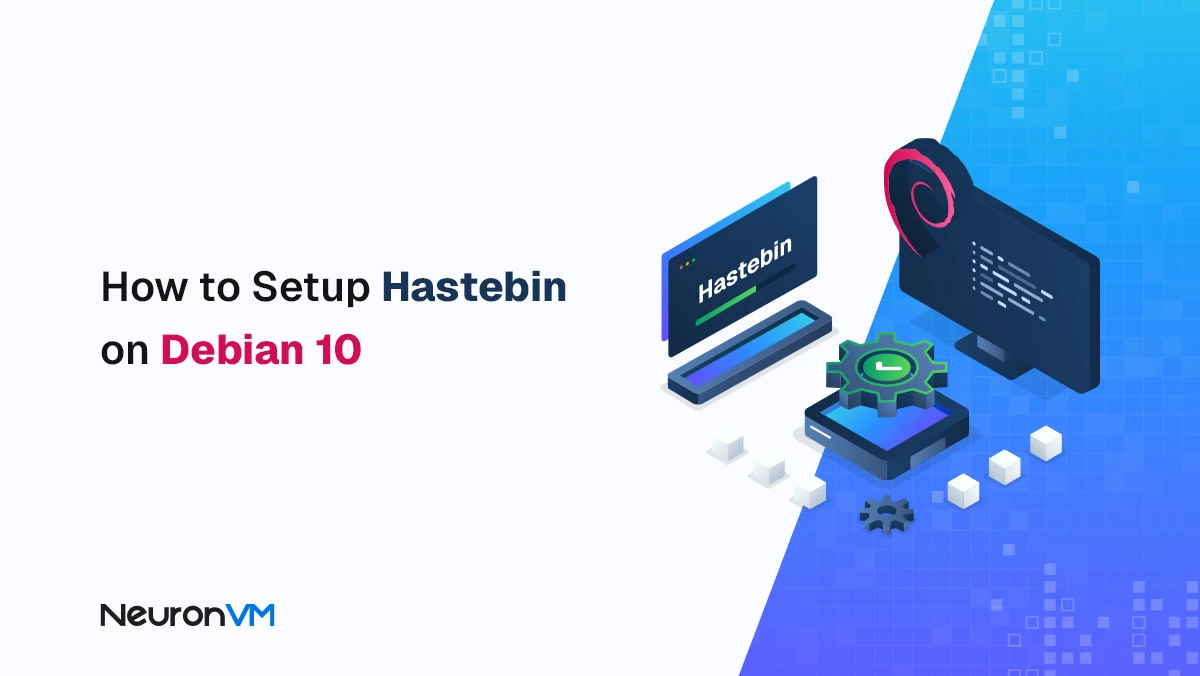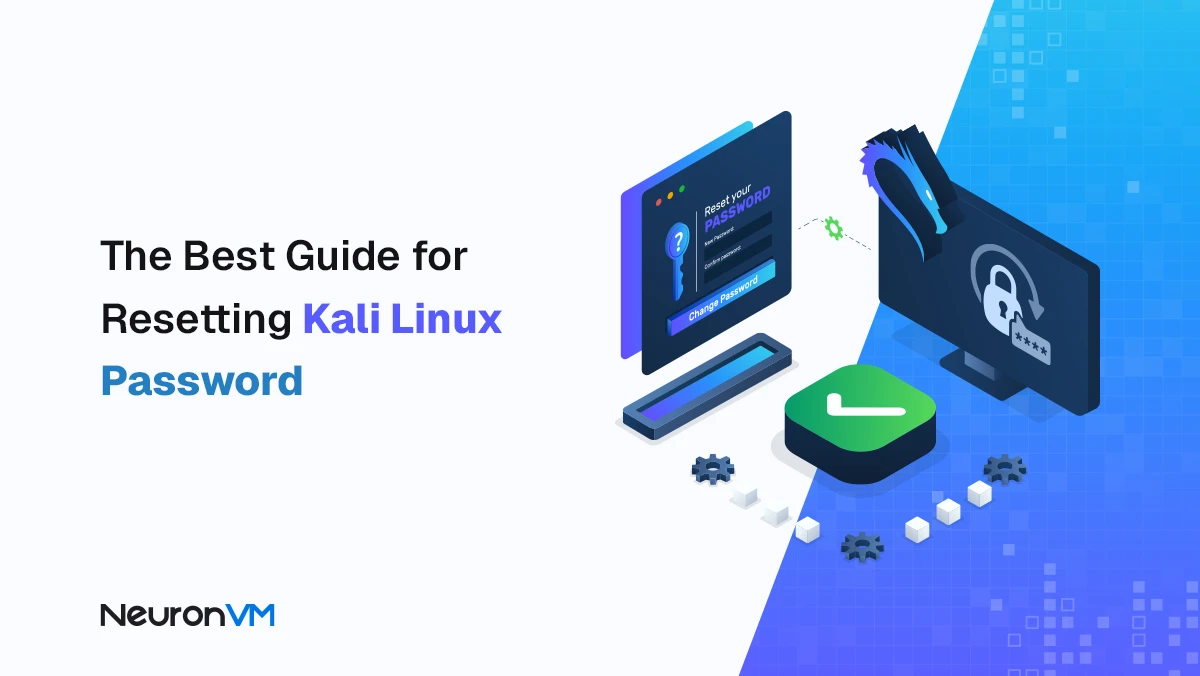How to Install and Secure Hastebin on Debian 10

 8m
8m
 0 comments
0 comments
If you often share code or logs during teamwork, you already know how messy it can get with traditional paste services. Hastebin solves this problem with speed, simplicity and control. It is an open-source paste server built on Node.js that lets you host your own sharing system on Debian 10 . In this tutorial you will learn not only how to install Hastebin on Debian 10 but also how to optimize it for better performance and security based on real user experience .

Why Choose Hastebin Over Other Paste Tools?
Many developers compare Hastebin with Pastebin or Ghostbin . Pastebin is easy but not private. Ghostbin supports encryption but requires more setup!!! Hastebin stands out because it offers a perfect balance between privacy. simplicity and performance. Hosting it on Debian 10 means you control your data and avoid external limits. It also allows integration with team tools like Slack or Git for faster collaboration.
Step 1 . Update Debian 10 System
Keep your system updated before installing anything.
sudo apt update & sudo apt upgrade -y
This ensures Hastebin runs on a clean and stable base . Updated systems reduce security risks and dependency conflicts!!
Step 2. Install Node.js and npm
Hastebin uses Node.js as its runtime / Debian 10 includes Node.js in its official repositories. Install it using
sudo apt install nodejs npm -y
Then confirm installation!
node -v
npm -v
Running the latest version prevents package errors and ensures better stability when Hastebin runs as a service .
Step 3. Clone the Hastebin Repository
Download the project from GitHub .
git clone https://github.com/seejohnrun/haste-server.git
cd haste-server.
The cloned directory contains Hastebin’s core files including configuration templates and storage modules.
Step 4. Install Required Dependencies
Run npm to install the necessary packages!!!
npm install
This command downloads modules required to run Hastebin on Debian 10. You can review config.js to set the storage path port and file expiration time.
Step 5. Run Hastebin on Debian 10
Start the server manually.
npm start
By default it runs on port 7777. Access it from any browser using
http://your_server_ip:7777
If you see the Hastebin interface / your setup is working. You can paste the code and get an instant shareable link.
Step 6. Keep Hastebin Running as a Service
You can make Hastebin start automatically using systemd.
sudo nano /etc/systemd/system/hastebin.service
Paste this configuration.
[Unit]
Description=Hastebin Server
After=network.target
[Service]
ExecStart=/usr/bin/npm start
WorkingDirectory=/root/haste-server
Restart=always
User=root
Environment=PATH=/usr/bin:/usr/local/bin
Environment=NODE_ENV=production
[Install]
WantedBy=multi-user.target
Then enable and start it.
sudo systemctl enable hastebin
sudo systemctl start hastebin.
This ensures Hastebin remains active after every reboot.
Step 7. Secure Your Hastebin Installation
Security should not be ignored. Install Nginx and use it as a reverse proxy.
sudo apt install nginx -y
Then add HTTPS using Let’s Encrypt. With HTTPS active data between your browser and Hastebin remains encrypted. You can also set IP whitelists and rate limits in Nginx to protect from abuse.
Step 8. Improve Performance and Storage
By default Hastebin stores pastes in the local file system. For higher performance use Redis or MongoDB as storage. This allows faster read and write speed for large projects . To change storage type edit config.js and modify the storage adapter.
This configuration is useful for large developer teams who want high availability or fast caching.
Real World Use Case!!!
Many DevOps teams host Hastebin internally to share server logs or deployment notes without sending them to public services. One team reported that self-hosting Hastebin on Debian 10 reduced their troubleshooting time by almost 40 percent because logs could be shared instantly inside private channels. Such practical results show how valuable a lightweight and controlled tool like Hastebin can be in production.
Troubleshooting and Maintenance!!!
If the service fails to run
journalctl -u hastebin -f
Check Node.js compatibility or missing dependencies. You can also verify open ports with ss-tuln . It is recommended to schedule regular system updates and backup the storage directory to avoid data loss .
Conclusion
Installing Hastebin on Debian 10 gives you a fast reliable and customizable way to share text code or logs within your network. Compared to online paste services it offers better privacy and faster access. You now know how to set it up, secure it and maintain it like a professional. Hosting your own Hastebin instance is not just a technical choice but a smart step towards full control of your workflow.
You might like it







